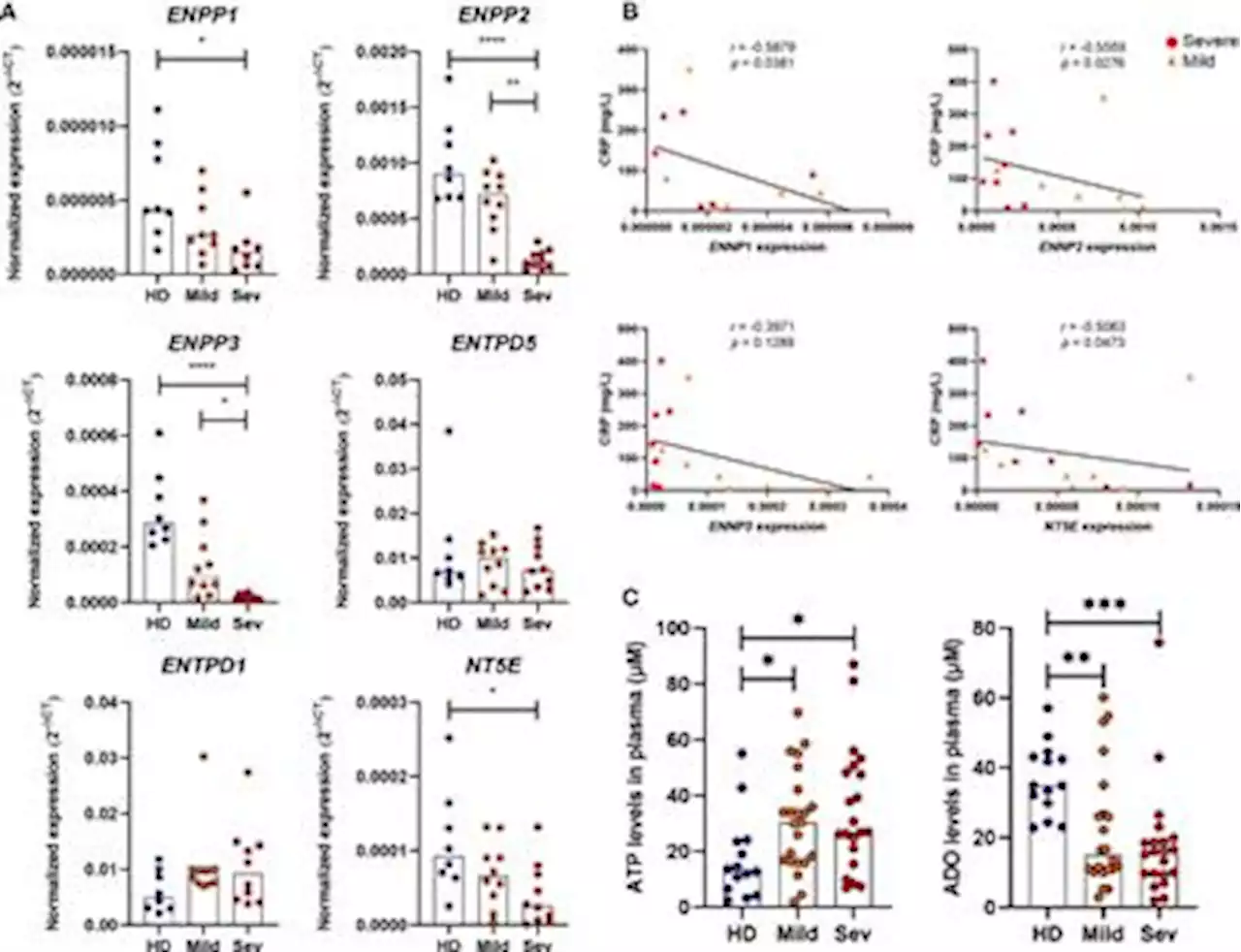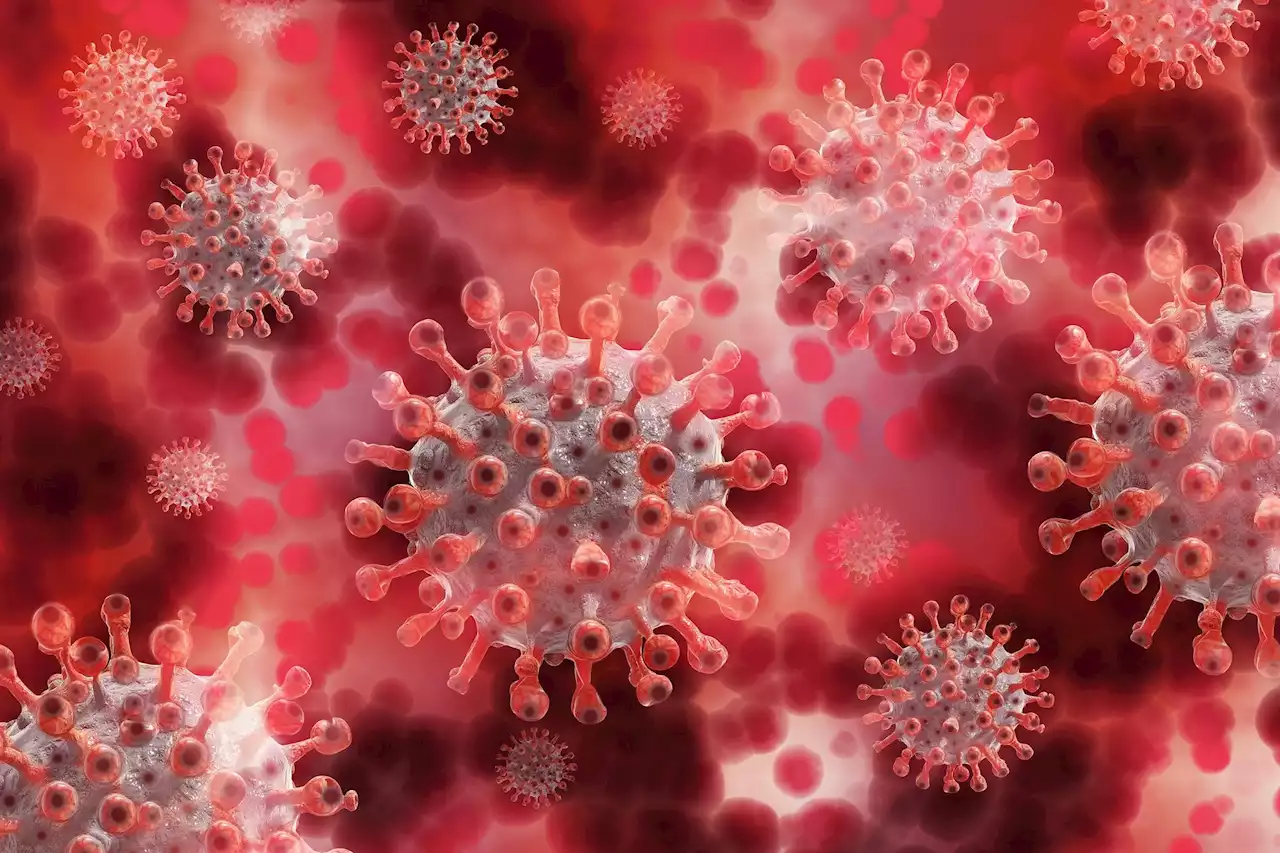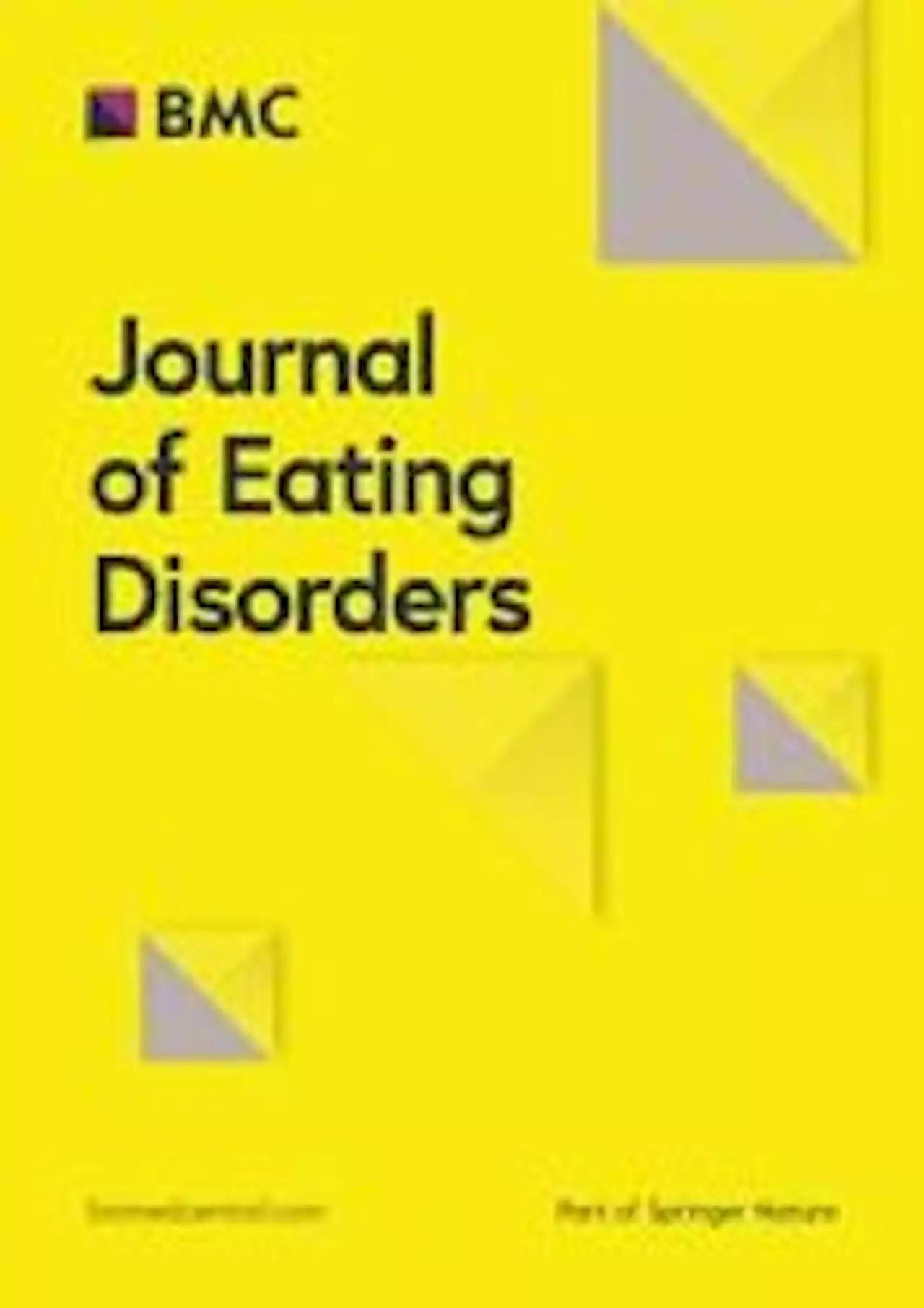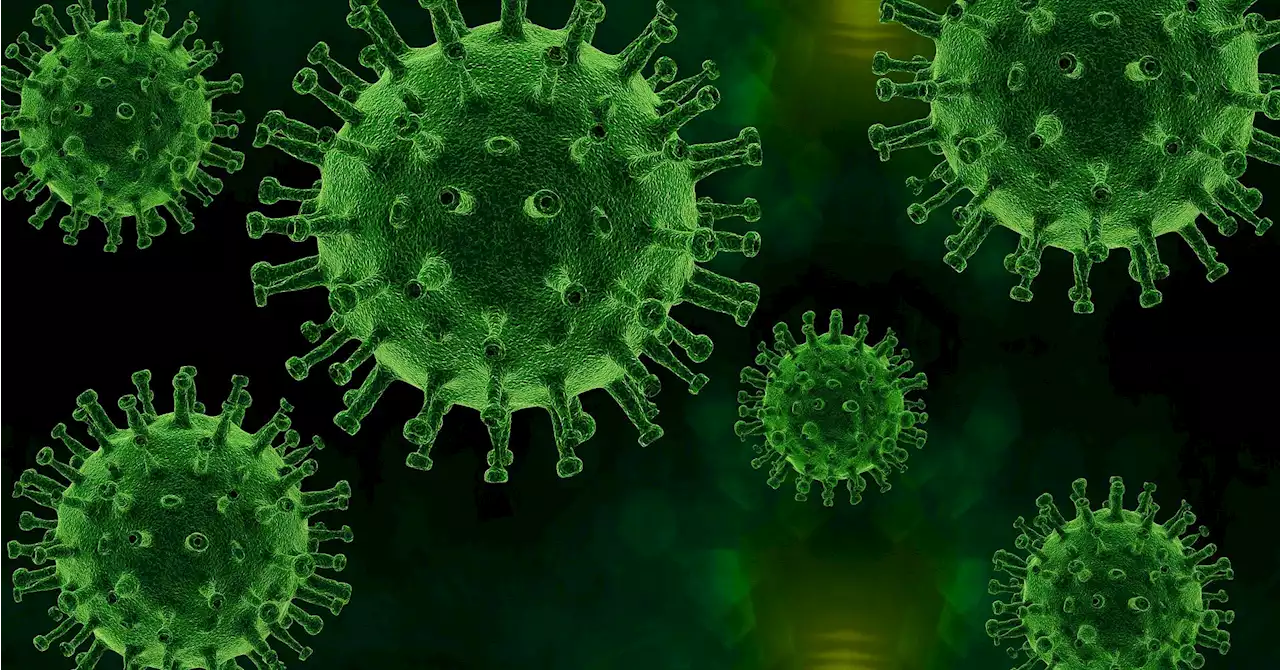The current pressure on hospital beds is 'worse than it was during Covid' - hear the views of staff at the Ulster Hospital healthcare
Andrew Dobbin, a consultant at the Ulster Hospital, warned that patients waiting long periods in emergency departments to be admitted are "going to come to harm".Dr Andrew Dobbin said it had become "normal" to see 50 patients waiting in the ED for admission to wardsDr Dobbin said it had become normal to see 50 patients waiting in the department for admission to wards and for hospital staff to be under "significant pressure".
"The challenges we are having would be in accessing domiciliary care and sourcing appropriate care homes to facilitate patient discharge, and as a result those patients are delayed in hospital awaiting their care package or care home." "We know its not ideal, but it frees up the hospital bed for those patients waiting to come in through ED to also get the treatment that your loved one will have had."The discharge hub manager said there was a need to increase the number of care workers both within care homes and the domiciliary care sector.
More than 375,000 people were waiting to see a specialist at the end of September, up more than 5% from the same time last year.
United Kingdom Latest News, United Kingdom Headlines
Similar News:You can also read news stories similar to this one that we have collected from other news sources.
 The negative impact of COVID-19 on working memory revealed using a rapid online quizAlthough coronavirus disease 2019 (COVID-19) affects the respiratory system, it can also have neurological consequences leading to cognitive deficits such as memory problems. The aim of our study was to assess the impact of COVID-19 on working memory function. We developed and implemented an online anonymous survey with a working memory quiz incorporating aspects of gamification to engage participants. 5428 participants successfully completed the survey and memory quiz between 8th December 2020 and 5th July 2021 (68.6% non-COVID-19 and 31.4% COVID-19). Most participants (93.3%) completed the survey and memory quiz relatively rapidly (mean time of 8.84 minutes). Categorical regression was used to assess the contribution of COVID status, age, time post-COVID (number of months elapsed since having had COVID), symptoms, ongoing symptoms and gender, followed by non-parametric statistics. A principal component analysis explored the relationship between subjective ratings and objective memory scores. The objective memory scores were significantly correlated with participants’ own assessment of their cognitive function. The factors significantly affecting memory scores were COVID status, age, time post-COVID and ongoing symptoms. Our main finding was a significant reduction in memory scores in all COVID groups (self-reported, positive-tested and hospitalized) compared to the non-COVID group. Memory scores for all COVID groups combined were significantly reduced compared to the non-COVID group in every age category 25 years and over, but not for the youngest age category (18–24 years old). We found that memory scores gradually increased over a period of 17 months post-COVID-19. However, those with ongoing COVID-19 symptoms continued to show a reduction in memory scores. Our findings demonstrate that COVID-19 negatively impacts working memory function, but only in adults aged 25 years and over. Moreover, our results suggest that working memory deficits with COVID-19 can recov
The negative impact of COVID-19 on working memory revealed using a rapid online quizAlthough coronavirus disease 2019 (COVID-19) affects the respiratory system, it can also have neurological consequences leading to cognitive deficits such as memory problems. The aim of our study was to assess the impact of COVID-19 on working memory function. We developed and implemented an online anonymous survey with a working memory quiz incorporating aspects of gamification to engage participants. 5428 participants successfully completed the survey and memory quiz between 8th December 2020 and 5th July 2021 (68.6% non-COVID-19 and 31.4% COVID-19). Most participants (93.3%) completed the survey and memory quiz relatively rapidly (mean time of 8.84 minutes). Categorical regression was used to assess the contribution of COVID status, age, time post-COVID (number of months elapsed since having had COVID), symptoms, ongoing symptoms and gender, followed by non-parametric statistics. A principal component analysis explored the relationship between subjective ratings and objective memory scores. The objective memory scores were significantly correlated with participants’ own assessment of their cognitive function. The factors significantly affecting memory scores were COVID status, age, time post-COVID and ongoing symptoms. Our main finding was a significant reduction in memory scores in all COVID groups (self-reported, positive-tested and hospitalized) compared to the non-COVID group. Memory scores for all COVID groups combined were significantly reduced compared to the non-COVID group in every age category 25 years and over, but not for the youngest age category (18–24 years old). We found that memory scores gradually increased over a period of 17 months post-COVID-19. However, those with ongoing COVID-19 symptoms continued to show a reduction in memory scores. Our findings demonstrate that COVID-19 negatively impacts working memory function, but only in adults aged 25 years and over. Moreover, our results suggest that working memory deficits with COVID-19 can recov
Read more »
 Frontiers | Dysfunctional purinergic signaling correlates with disease severity in COVID-19 patientsEctonucleotidases modulate inflammatory responses by balancing extracellular ATP and adenosine (ADO) and might be involved in COVID-19 immunopathogenesis. Here, we explored the contribution of extracellular nucleotides metabolism to COVID-19 severity in mild and severe cases of the disease. We verified that the gene expression of ectonucleotidases is reduced in the whole blood of patients with COVID-19 and is negatively correlated to CRP plasma levels, an inflammatory marker of disease severity. In line with these findings, COVID-19 patients present higher ATP levels in plasma and reduced levels of ADO when compared to healthy controls. Cell type-specific analysis revealed higher frequencies of CD39+ T cells in severely ill patients, while CD4+ and CD8+ expressing CD73 are reduced in this same group. The frequency of B cells CD39+CD73+ is also decreased during acute COVID-19. Interestingly, B cells from COVID-19 patients showed a reduced capacity to hydrolyze ATP into ADP and ADO. Furthermore, impaired expression of ADO receptors and a compromised activation of its signaling pathway is observed in COVID-19 patients. The presence of ADO in vitro, however, suppressed inflammatory responses triggered in patients’ cells. In summary, our findings support the idea that alterations in the metabolism of extracellular purines contribute to immune dysregulation during COVID-19, possibly favoring disease severity, and suggest that ADO may be a therapeutic approach for the disease.
Frontiers | Dysfunctional purinergic signaling correlates with disease severity in COVID-19 patientsEctonucleotidases modulate inflammatory responses by balancing extracellular ATP and adenosine (ADO) and might be involved in COVID-19 immunopathogenesis. Here, we explored the contribution of extracellular nucleotides metabolism to COVID-19 severity in mild and severe cases of the disease. We verified that the gene expression of ectonucleotidases is reduced in the whole blood of patients with COVID-19 and is negatively correlated to CRP plasma levels, an inflammatory marker of disease severity. In line with these findings, COVID-19 patients present higher ATP levels in plasma and reduced levels of ADO when compared to healthy controls. Cell type-specific analysis revealed higher frequencies of CD39+ T cells in severely ill patients, while CD4+ and CD8+ expressing CD73 are reduced in this same group. The frequency of B cells CD39+CD73+ is also decreased during acute COVID-19. Interestingly, B cells from COVID-19 patients showed a reduced capacity to hydrolyze ATP into ADP and ADO. Furthermore, impaired expression of ADO receptors and a compromised activation of its signaling pathway is observed in COVID-19 patients. The presence of ADO in vitro, however, suppressed inflammatory responses triggered in patients’ cells. In summary, our findings support the idea that alterations in the metabolism of extracellular purines contribute to immune dysregulation during COVID-19, possibly favoring disease severity, and suggest that ADO may be a therapeutic approach for the disease.
Read more »
 'Mass testing' linked to 25% cut in COVID-19 related hospital admissionsThe first ever voluntary 'mass testing' pilot for people without COVID symptoms was associated with an overall 25% reduction in COVID-19 related hospital admissions, including an initial 43% reduction with military assistance, finds a study published by The BMJ today.
'Mass testing' linked to 25% cut in COVID-19 related hospital admissionsThe first ever voluntary 'mass testing' pilot for people without COVID symptoms was associated with an overall 25% reduction in COVID-19 related hospital admissions, including an initial 43% reduction with military assistance, finds a study published by The BMJ today.
Read more »
 Adverse childhood experiences and binge-eating disorder in early adolescents - Journal of Eating DisordersBackground Adverse childhood experiences (ACEs) are common and linked to negative health outcomes. Previous studies have found associations between ACEs and binge-eating disorder (BED), though they have mainly focused on adults and use cross-sectional data. The objective of this study was to examine the associations between ACEs and BED in a large, national cohort of 9–14-year-old early adolescents in the US. Methods We analyzed prospective cohort data from the Adolescent Brain Cognitive Development (ABCD) Study (N = 10,145, 2016–2020). Logistic regression analyses were used to determine the associations between self-reported ACEs and BED based on the Kiddie Schedule for Affective Disorders and Schizophrenia at two-year follow-up, adjusting for sex, race/ethnicity, baseline household income, parental education, site, and baseline binge-eating disorder. Results In the sample, (49% female, 46% racial/ethnic minority), 82.8% of adolescents reported at least one ACE and 1.2% had a diagnosis of BED at two-year follow-up. The mean number of ACEs was higher in those with a diagnosis of BED compared to those without (2.6 ± 0.14 vs 1.7 ± 0.02). The association between number of ACEs and BED in general had a dose–response relationship. One ACE (adjusted odds ratio [aOR] 3.48, 95% confidence interval [CI] 1.11–10.89), two ACEs (aOR 3.88, 95% CI 1.28–11.74), and three or more ACEs (aOR 8.94, 95% CI 3.01–26.54) were all associated with higher odds of BED at two-year follow-up. When stratified by types of ACEs, history of household mental illness (aOR 2.18, 95% 1.31–3.63), household violence (aOR 2.43, 95% CI 1.42–4.15), and criminal household member (aOR 2.14, 95% CI 1.23–3.73) were most associated with BED at two-year follow-up. Conclusions Children and adolescents who have experienced ACEs, particularly household challenges, have higher odds of developing BED. Clinicians may consider screening for ACEs and providing trauma-focused care when evaluating patients for BED.
Adverse childhood experiences and binge-eating disorder in early adolescents - Journal of Eating DisordersBackground Adverse childhood experiences (ACEs) are common and linked to negative health outcomes. Previous studies have found associations between ACEs and binge-eating disorder (BED), though they have mainly focused on adults and use cross-sectional data. The objective of this study was to examine the associations between ACEs and BED in a large, national cohort of 9–14-year-old early adolescents in the US. Methods We analyzed prospective cohort data from the Adolescent Brain Cognitive Development (ABCD) Study (N = 10,145, 2016–2020). Logistic regression analyses were used to determine the associations between self-reported ACEs and BED based on the Kiddie Schedule for Affective Disorders and Schizophrenia at two-year follow-up, adjusting for sex, race/ethnicity, baseline household income, parental education, site, and baseline binge-eating disorder. Results In the sample, (49% female, 46% racial/ethnic minority), 82.8% of adolescents reported at least one ACE and 1.2% had a diagnosis of BED at two-year follow-up. The mean number of ACEs was higher in those with a diagnosis of BED compared to those without (2.6 ± 0.14 vs 1.7 ± 0.02). The association between number of ACEs and BED in general had a dose–response relationship. One ACE (adjusted odds ratio [aOR] 3.48, 95% confidence interval [CI] 1.11–10.89), two ACEs (aOR 3.88, 95% CI 1.28–11.74), and three or more ACEs (aOR 8.94, 95% CI 3.01–26.54) were all associated with higher odds of BED at two-year follow-up. When stratified by types of ACEs, history of household mental illness (aOR 2.18, 95% 1.31–3.63), household violence (aOR 2.43, 95% CI 1.42–4.15), and criminal household member (aOR 2.14, 95% CI 1.23–3.73) were most associated with BED at two-year follow-up. Conclusions Children and adolescents who have experienced ACEs, particularly household challenges, have higher odds of developing BED. Clinicians may consider screening for ACEs and providing trauma-focused care when evaluating patients for BED.
Read more »
 Black and Hispanic men saw worse COVID-19 outcomes, study showsMore than two years into the pandemic, multiple analyses of federal, state and local data show that people of color were, and continue to be, disproportionately impacted by COVID-19.
Black and Hispanic men saw worse COVID-19 outcomes, study showsMore than two years into the pandemic, multiple analyses of federal, state and local data show that people of color were, and continue to be, disproportionately impacted by COVID-19.
Read more »
 Proteomic analysis identifies novel phenotypes associated with COVID-19 severity in circulating immune cellsProteomic analysis identifies novel phenotypes associated with COVID-19 severity in circulating immune cells medrxivpreprint Cambridge_Uni SARSCoV2 COVID19 Severity ProteomicAnalysis
Proteomic analysis identifies novel phenotypes associated with COVID-19 severity in circulating immune cellsProteomic analysis identifies novel phenotypes associated with COVID-19 severity in circulating immune cells medrxivpreprint Cambridge_Uni SARSCoV2 COVID19 Severity ProteomicAnalysis
Read more »
